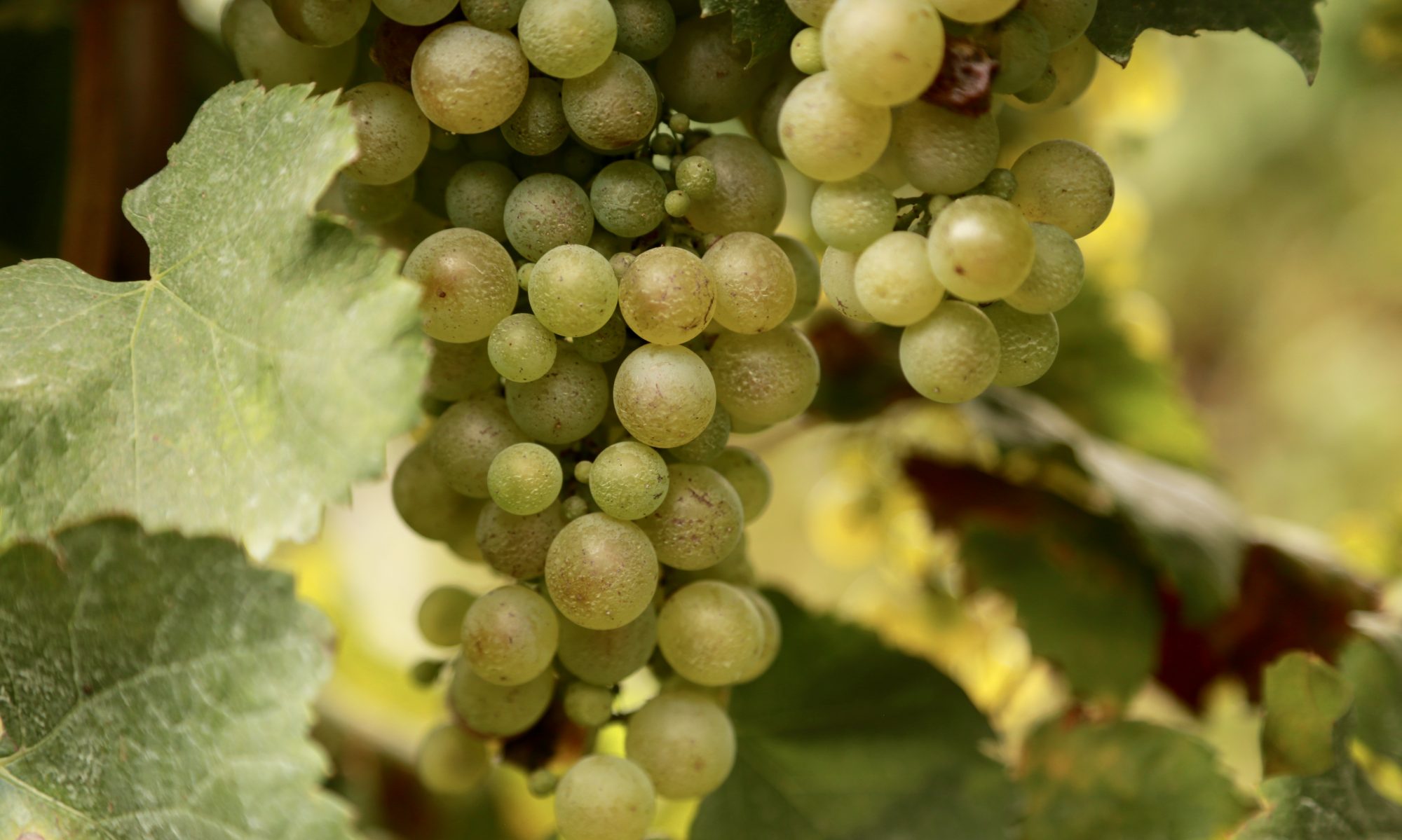Now that we’ve settled Election 2012 — the Florida vote is in, right? — this seems as good a time as any to talk about Madeira, a wine with a political past.
You may be aware that Madeira, which comes from the island of that name off the coast of Portugal, was a favorite of Founding Fathers like Thomas Jefferson and company. (And my guess is Founding Mothers were willing to lift a glass or two as well.) But did you know that Madeira was a catalyst for political strife? It’s true; in 1768 the British seized John Hancock’s sloop, the Liberty, in Boston Harbor. The ship was loaded with Madeira which Hancock had quietly landed without going through Customs to skip the Brits’ pesky taxes. Hence the seizure, which provoked public outcry.
That sounds like a protest that would be just my cup of tea.
Back then, America was importing all its wine. The island of Madeira had already been established as a popular port-of-call for ships heading from the Old to New World and Madeira’s wine was popular because it traveled well. That’s partly due to the fact that it’s fortified with spirit, like sherry and port. But Madeira is unique in that it thrives in the heat and can survive the kind of intense jostling that would damage a frailer beverage. People began calling for Madeira that had made a round-trip voyage, which prompted producers to find ways to produce the same effect without the expense of a long sea voyage.
Everything that you normally wouldn’t want to do to a wine _ like age it in heated tanks or in barrels tucked away in attics in a subtropical climate _ gets done to Madeira.
And the results are quite delicious.
The grapes most commonly used are sercial, verdelho, bual, malvasia and tinta negra, with sercial the driest and malvasia (malmsey) the sweeetest.
The wine has great aging potential and a quick look at the wording on the label will tell you how old your wine is — Reserve (aged 5 years), Special Reserve (10 years), Extra Reserve (15+ years). Two more terms to keep in mind, Colheita, which has been aged between 5-18 years, and Vintage, which means it came from an exceptional year and has been aged for at least 20 years.
Bonus wine fact: Madeira is measured in pipes, an old word for casks that amounts to about 600 bottles.
I had a chance to try a lot of different types of Madeira during my recent trip hosted by the Blandy family, major Madeira producers.
I like wines that are on the light and dry side so my favorites tended to be the sercials, crisp and delicate when served chilled, good alone or paired with lighter dishes. Moving into the slightly sweeter wines, I liked bual, especially with a sharp, cheddar-y cheese.
Like port and sherry, Madeira suffers a little from the image of being an old-timer’s drink, a stereotype today’s producers are eager to dispel.
“Madeira is so much more than just an after-dinner drink which your grandmother used to drink,” says Chris Blandy of The Madeira Wine Company. “We’re focusing now on what we can do with the drier styles of Madeira as aperitifs, food matching. We’re really pushing the envelope on ways to drink Madeira. It’s quite an exciting time.”
If John Hancock were still around, I’m sure he’d sign off on that.
By the way, the name of the British ship that seized the Liberty? HMS Romney.
Cheers, patriotically.


Artigo sobre o Vinho Madeira. Article about Madeira Wine. http://t.co/bQ6XJhXX http://t.co/CTT2CdOx